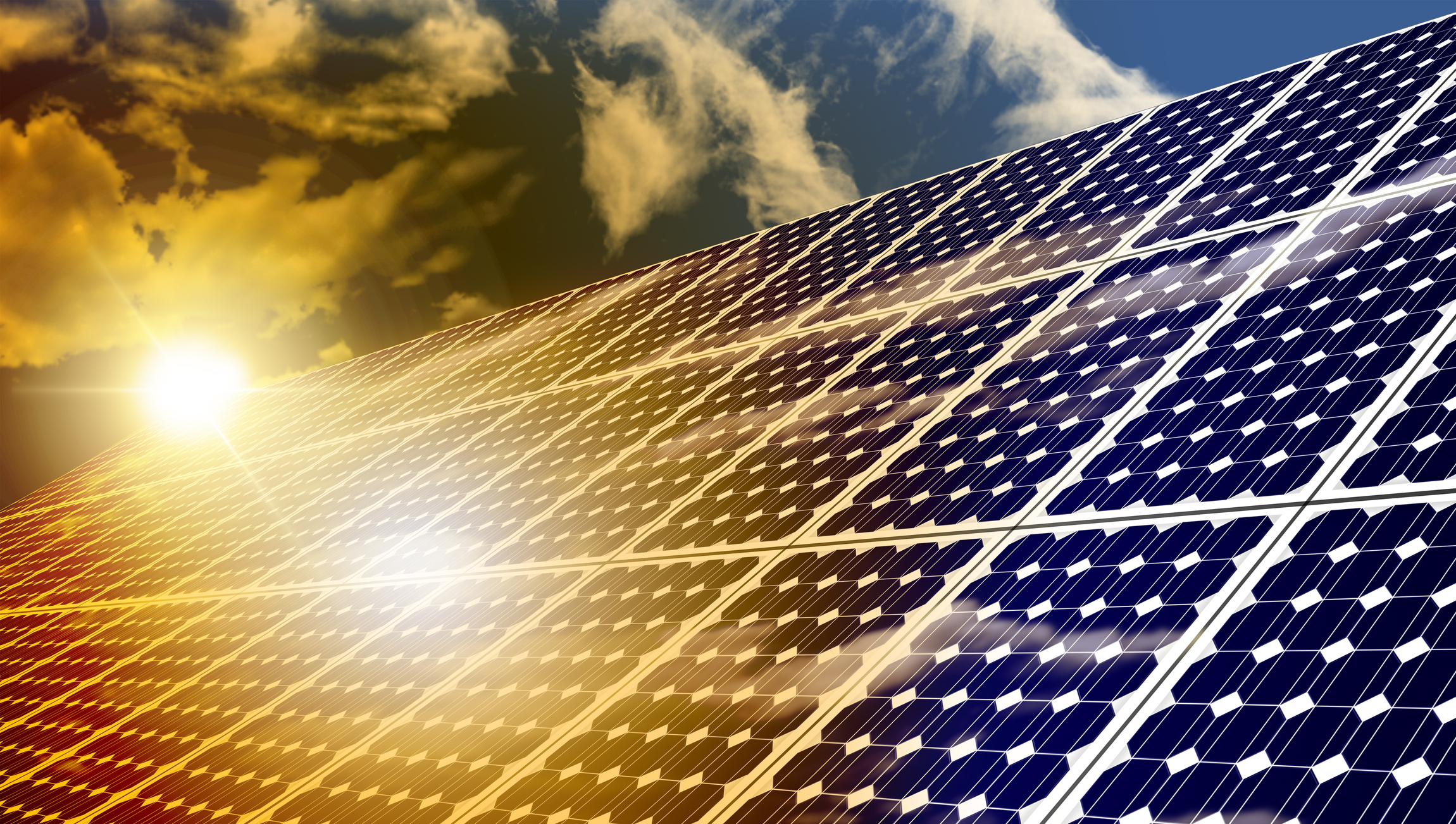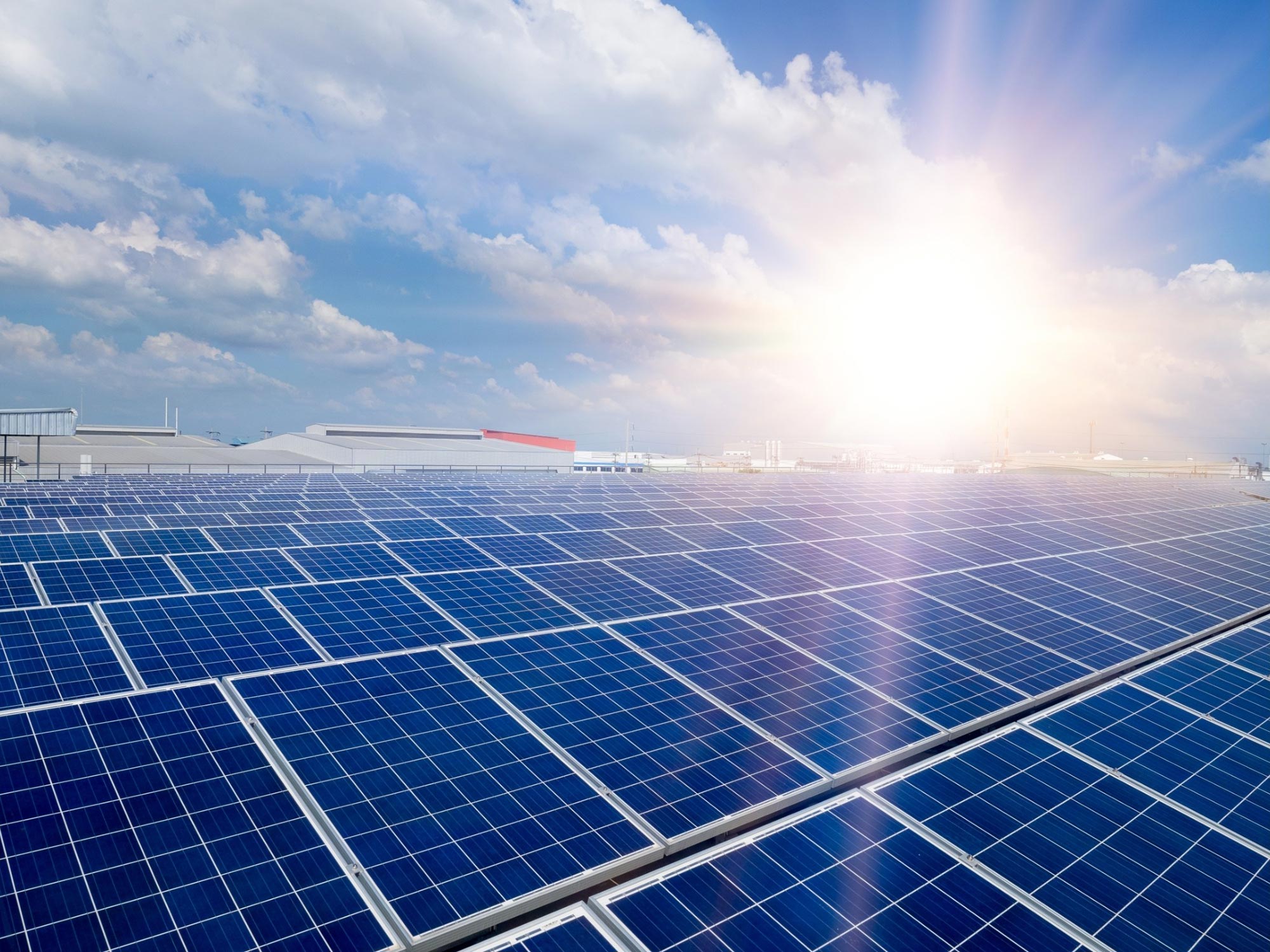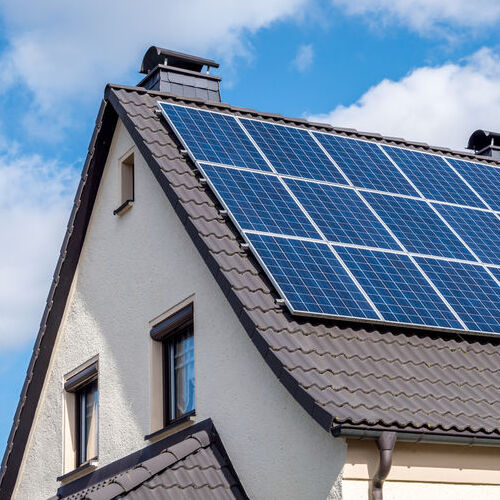Solar Panels on Historic Properties—Technical Preservation

Indicators on Small Solar Panels - Voltaic Systems You Should Know
Micro-inverted photovoltaic panels are wired in parallel, which produces more output than regular panels wired in series, with the output of the series figured out by the least expensive carrying out panel. This is referred to as the "Christmas light effect". Micro-inverters work separately to allow each panel to contribute its maximum possible output for a provided quantity of sunshine.
In 2013, crystalline silicon accounted for more than 90 percent of worldwide PV production, while the rest of the total market is made up of thin-film technologies using cadmium telluride, CIGS and amorphous silicon Emerging, third generation solar technologies utilize advanced thin-film cells. They produce a reasonably high-efficiency conversion for the low expense compared to other solar innovations.
MJ-cells are compound semiconductors and made from gallium arsenide (Ga, As) and other semiconductor materials. Another emerging PV technology using MJ-cells is concentrator photovoltaics (CPV ). Thin film [modify] In stiff thin-film modules, the cell and the module are made in the very same assembly line. The cell is created on a glass substrate or superstrate, and the electrical connections are created in situ, a so-called "monolithic integration." The substrate or superstrate is laminated with an encapsulant to a front or back sheet, generally another sheet of glass.

Solar Panels in Raleigh, NC

New solar panels suck water from air to cool themselves down - Science - AAAS
Everything about Solar Panels on Historic Properties—Technical Preservation
Amorphous silicon has a sunlight conversion rate of 612%. [] Versatile thin movie cells and modules are created on the exact same production line by depositing the photoactive layer and other required layers on a flexible substrate. If the substrate is an insulator (e. g. polyester or polyimide movie) then monolithic integration can be used.

With solar on the rise in Pa., some worry the panels will be harmful Scientists say most fears have been disproven - StateImpact Pennsylvania
The cells are put together into modules by laminating them to a transparent colourless fluoropolymer on the front side (generally ETFE or FEP) and a polymer appropriate for bonding to the last substrate on the other side. Smart solar modules [edit] A number of business have started embedding electronic devices into PV modules. Try This makes it possible for performing MPPT for each module separately, and the measurement of efficiency data for monitoring and fault detection at module level.

